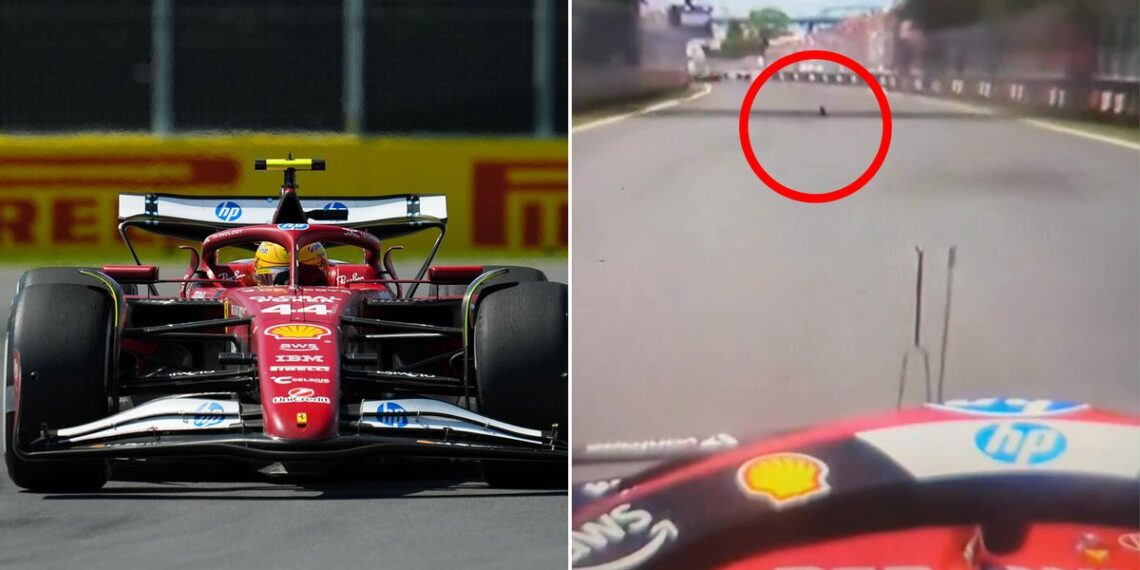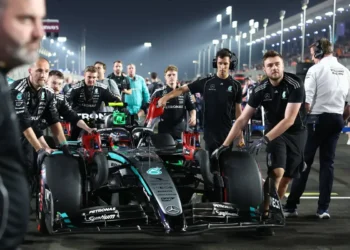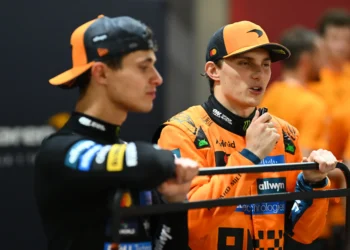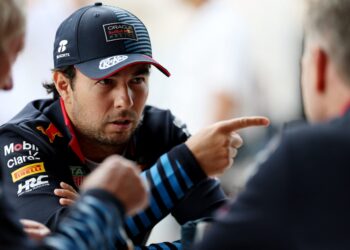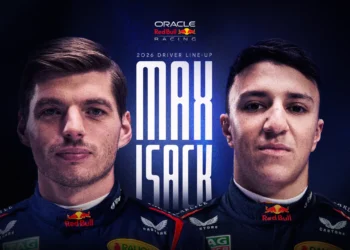Lewis Hamilton’s Canadian Grand Prix dreams were shattered by an unexpected culprit – a groundhog. The impact with the furry creature may have cost the seven-time world champion up to half a second per lap, causing a significant setback in his race for the podium.
During the race in Montreal, Hamilton’s Ferrari hit the groundhog on lap 12, damaging the car’s floor and leading to a loss of performance that Hamilton struggled to explain initially. Ferrari team principal Fred Vasseur revealed that the damage resulted in a loss of around 20 points of downforce, significantly impacting the car’s balance and speed on the track.
Hamilton, feeling the effects of the groundhog incident, expressed his frustration at the noticeable drop in performance, estimating a loss of over half a second per lap. Without the setback, Hamilton believed he could have challenged Oscar Piastri for a higher finishing position.
Despite the setback, Hamilton managed to salvage a sixth-place finish, behind his teammate Charles Leclerc, who finished fifth after contentious strategy decisions within the Ferrari team. Leclerc had advocated for a one-stop strategy but was overruled in favor of a two-stop strategy that ultimately did not yield the desired results.
In the aftermath of the race, both drivers reflected on the strategic choices made during the Grand Prix. Leclerc admitted to a disagreement with the team over the strategy but acknowledged that other factors, such as mistakes in qualifying and traffic, also contributed to the final outcome.
Ferrari’s Vasseur noted that the team might have been too conservative with its strategy, considering the circumstances of not having the fastest car on the track. He suggested that taking more risks could have potentially resulted in a better outcome for the team.
The unexpected encounter with the groundhog not only added a twist to Hamilton’s race but also sparked debates within the Ferrari team about strategic decision-making in high-stakes races. As the Formula 1 season continues, the lessons learned from the Canadian Grand Prix will undoubtedly influence future races and team strategies.

